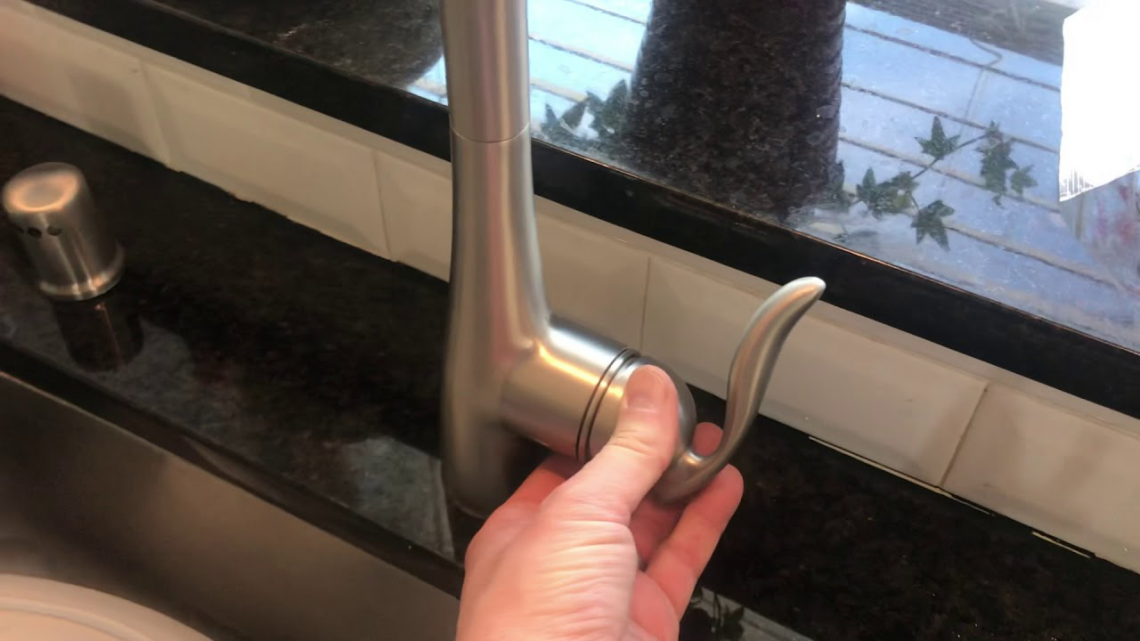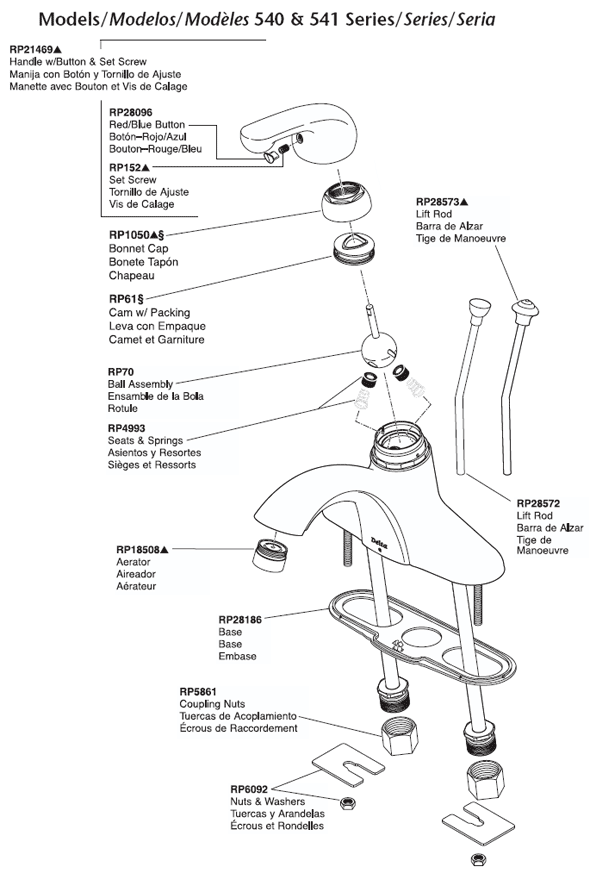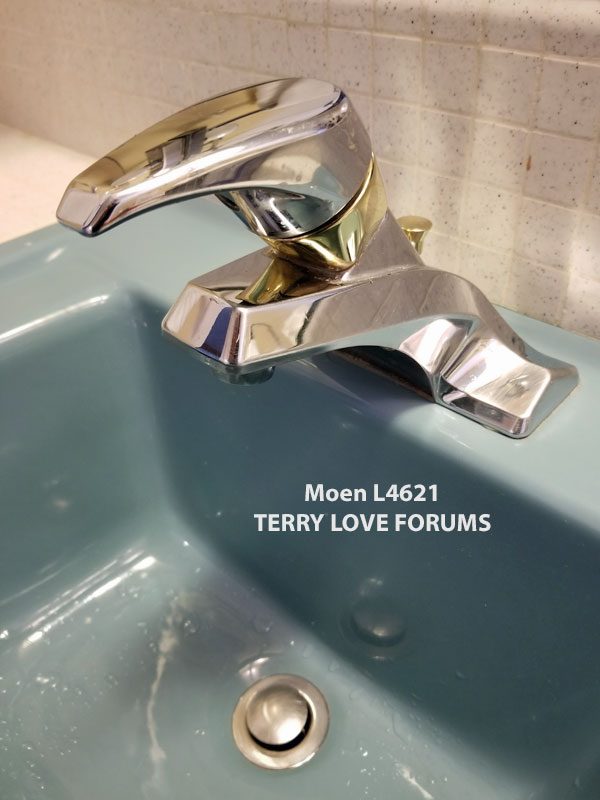Is your bathroom sink faucet constantly dripping or not working properly? It may be time for a repair. Single handle bathroom sink faucets are a popular choice for their sleek and modern design, but they can also develop issues over time. Fortunately, with a little know-how and the right tools, you can easily fix most problems with your single handle bathroom sink faucet. In this article, we will guide you through the process of repairing a single handle bathroom sink faucet step-by-step. Repairing a Single Handle Bathroom Sink Faucet
A common issue with single handle bathroom sink faucets is a leaky handle. This can be caused by a number of factors such as a worn out O-ring or a cracked valve seat. To fix this issue, start by turning off the water supply to your sink. Next, remove the handle by unscrewing the set screw with an allen wrench. Then, use a pair of pliers to remove the cartridge from the faucet. You can then replace the O-ring or valve seat and reassemble the faucet. Turn the water supply back on and test for leaks. How to Fix a Leaky Single Handle Bathroom Sink Faucet
If your single handle bathroom sink faucet is not working at all, there may be a problem with the cartridge. First, check to make sure the water supply to the sink is turned on. If it is, then the cartridge may be clogged with debris. Use a flathead screwdriver to remove the cartridge and clean it thoroughly. If this does not solve the issue, the cartridge may need to be replaced. Troubleshooting a Single Handle Bathroom Sink Faucet
While some issues with your single handle bathroom sink faucet may require the help of a professional, there are many repairs that you can do yourself. For example, if your faucet is not spraying water evenly, it may just need to be cleaned. You can remove the aerator and clean it with a mixture of vinegar and baking soda. If your faucet is still not working properly, you can try replacing the aerator or adjusting the water flow using the water pressure regulator. DIY Repair for a Single Handle Bathroom Sink Faucet
In addition to leaks and clogs, single handle bathroom sink faucets can also experience other common issues. These can include a loose handle, a squeaky faucet, or a faucet that is difficult to turn on or off. Most of these problems can be solved by tightening or lubricating the handle or faucet parts. However, if the issue persists, it may be a sign of a bigger problem and you may need to call a professional for help. Common Issues with Single Handle Bathroom Sink Faucets
To help you through the process of repairing your single handle bathroom sink faucet, here is a step-by-step guide: Step-by-Step Guide for Repairing a Single Handle Bathroom Sink Faucet
To successfully repair your single handle bathroom sink faucet, you will need the following tools: Tools Needed for Repairing a Single Handle Bathroom Sink Faucet
To prevent future issues with your single handle bathroom sink faucet, it is important to properly maintain it. This includes regularly cleaning the faucet and aerator, checking for any leaks or clogs, and making any necessary repairs promptly. You can also use a water softener to prevent mineral buildup in your faucet. Tips for Maintaining a Single Handle Bathroom Sink Faucet
If your single handle bathroom sink faucet is beyond repair, you may need to replace it. This can be a fairly simple process, but it is important to make sure you have the right tools and follow the manufacturer's instructions carefully. You may also want to consider hiring a professional for this task to ensure it is done correctly. How to Replace a Single Handle Bathroom Sink Faucet
If you are not comfortable with DIY repairs or your single handle bathroom sink faucet is experiencing a more complex issue, it is best to leave it to the professionals. They have the knowledge and experience to properly diagnose and fix any problems with your faucet. They can also provide regular maintenance services to keep your faucet in top working condition. Professional Repair Services for Single Handle Bathroom Sink Faucets
Why You Should Repair Your Single Handle Bathroom Sink Faucet

The Importance of a Functional Bathroom Sink Faucet
 A bathroom sink faucet is an essential component of any bathroom. It is used multiple times a day for activities such as washing hands, brushing teeth, and even filling up a glass of water. A malfunctioning faucet can not only be frustrating but also disrupt daily tasks and routines. Therefore, it is crucial to address any issues with your single handle bathroom sink faucet as soon as possible.
A bathroom sink faucet is an essential component of any bathroom. It is used multiple times a day for activities such as washing hands, brushing teeth, and even filling up a glass of water. A malfunctioning faucet can not only be frustrating but also disrupt daily tasks and routines. Therefore, it is crucial to address any issues with your single handle bathroom sink faucet as soon as possible.
The Benefits of Repairing Your Single Handle Bathroom Sink Faucet
 Not only does repairing your single handle bathroom sink faucet restore its functionality, but it also has many other benefits. One of the main advantages of repairing your faucet is cost savings. A simple repair can save you from having to replace the entire faucet, which can be costly. Additionally, a functional faucet can help conserve water and reduce your water bill.
Another benefit of repairing your single handle bathroom sink faucet is the aesthetic appeal it adds to your bathroom. A damaged or outdated faucet can make your bathroom look dull and uninviting. By repairing or replacing your faucet, you can give your bathroom a fresh and updated look.
Not only does repairing your single handle bathroom sink faucet restore its functionality, but it also has many other benefits. One of the main advantages of repairing your faucet is cost savings. A simple repair can save you from having to replace the entire faucet, which can be costly. Additionally, a functional faucet can help conserve water and reduce your water bill.
Another benefit of repairing your single handle bathroom sink faucet is the aesthetic appeal it adds to your bathroom. A damaged or outdated faucet can make your bathroom look dull and uninviting. By repairing or replacing your faucet, you can give your bathroom a fresh and updated look.
The Steps to Repairing Your Single Handle Bathroom Sink Faucet
 Now that you understand the importance and benefits of repairing your single handle bathroom sink faucet, let's discuss the steps to do so. The first step is to identify the issue with your faucet. This can include a dripping faucet, low water pressure, or a leaky handle. Once you have identified the problem, you can then gather the necessary tools and materials to fix it.
Featured keywords:
repair, single handle, bathroom sink faucet, functional, benefits, cost savings, water conservation, aesthetic appeal, steps, identify, issue, dripping faucet, low water pressure, leaky handle, tools, materials, fix.
Now that you understand the importance and benefits of repairing your single handle bathroom sink faucet, let's discuss the steps to do so. The first step is to identify the issue with your faucet. This can include a dripping faucet, low water pressure, or a leaky handle. Once you have identified the problem, you can then gather the necessary tools and materials to fix it.
Featured keywords:
repair, single handle, bathroom sink faucet, functional, benefits, cost savings, water conservation, aesthetic appeal, steps, identify, issue, dripping faucet, low water pressure, leaky handle, tools, materials, fix.
In Conclusion
 In conclusion, a functional and aesthetically pleasing bathroom sink faucet is essential for any bathroom. By repairing your single handle bathroom sink faucet, you not only restore its functionality but also save money, conserve water, and improve the overall look of your bathroom. With the right tools and materials, you can easily fix any issues with your faucet and enjoy a fully functioning bathroom. Don't delay in addressing any problems with your single handle bathroom sink faucet and reap the benefits of a well-maintained and beautiful bathroom.
In conclusion, a functional and aesthetically pleasing bathroom sink faucet is essential for any bathroom. By repairing your single handle bathroom sink faucet, you not only restore its functionality but also save money, conserve water, and improve the overall look of your bathroom. With the right tools and materials, you can easily fix any issues with your faucet and enjoy a fully functioning bathroom. Don't delay in addressing any problems with your single handle bathroom sink faucet and reap the benefits of a well-maintained and beautiful bathroom.





































































